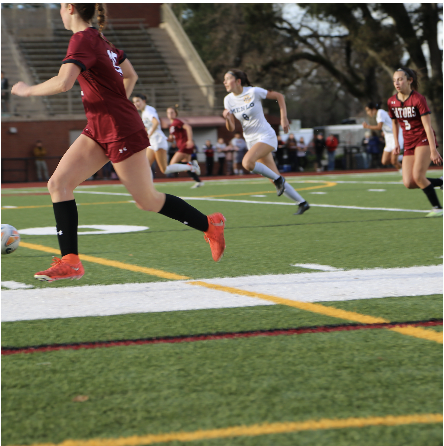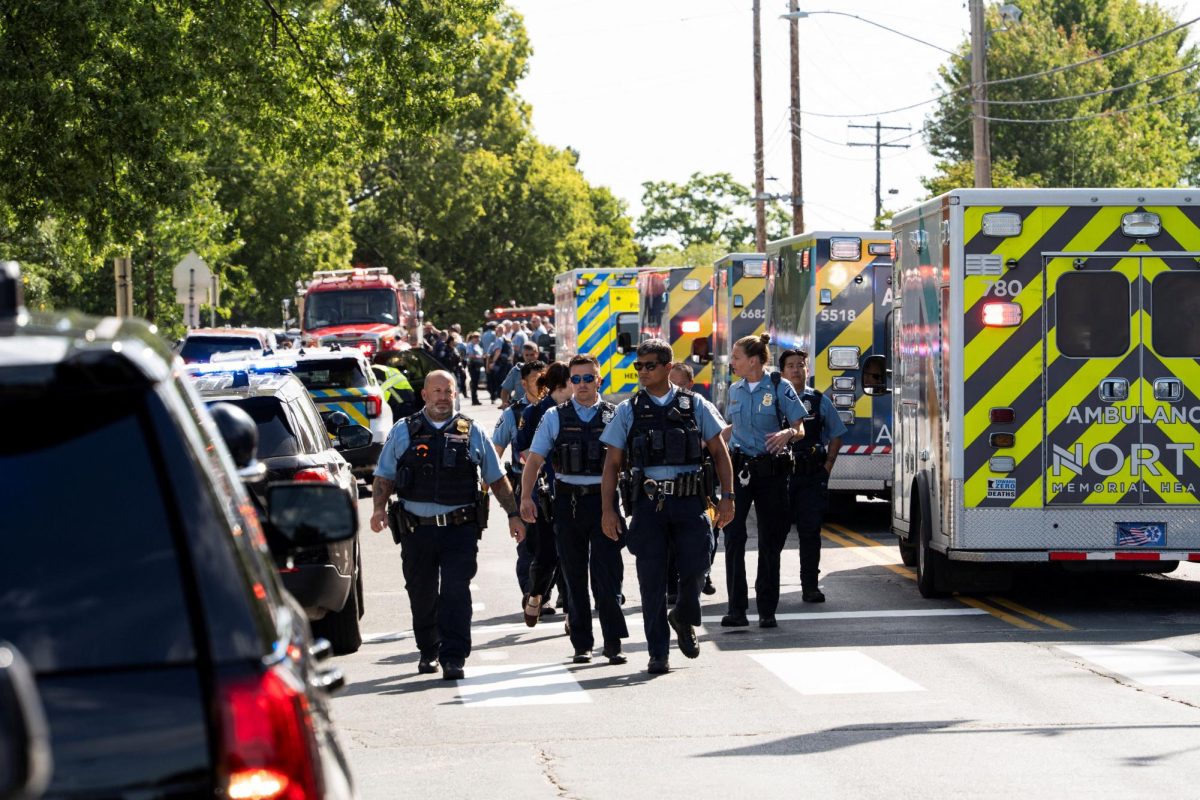Contrary to popular belief, Sacred Heart offers so much more than classes that occupy one’s day from eight to three. Each year the Prep impacts roughly “35 sophomores and juniors” beyond the classroom through its robust exchange program, where students have the opportunity to immerse themselves in new cultures and forge lasting connections. Most are unaware that the SHP network consists of more than 150 schools in 40 countries and works actively with about 26 schools through the exchange program.
Global Exchange Program director Krista Hinton explains the basic idea of the programs: “You’re matched with a student of the same age in a Sacred Heart School somewhere around the globe, and it’s set up as a reciprocal relationship where you visit them and stay in their home, become a part of their family, go to their school, and… you host them. They go to classes, they become a part of your family during our academic year.” One reason why these exchange programs are so special is because they align with SHP’s core values. “The heart of the Sacred Heart network exchange program is building community. But [through the exchange programs we’re] building it in a much more expansive way, where we’re building community across the world,” said Hinton. Specifically, Hinton emphasized that “it can be really amazing to connect with someone who you, maybe, at first think is from a really different context, but to find that because we’re all part of this shared educational system, that we have a lot of shared values and shared experiences.”
Hinton details how certain virtues will develop over the course of an exchange, including curiosity, adaptability, and independence. She also explains how selected students are extremely “open-minded” given “traveling in an exchange program can bring a number of challenges, just like any travel experience, but especially having to navigate that without the support of your parents…without the support of another SHP adult right there by your side… requires some pretty impressive maturity.” To help students prepare for their journey, she hosts a series of weekly lunchtime informational sessions leading up to departure dates. She has “developed a kind of orientation curriculum that tries to speak to all the different cultural contexts that students are going to, [including] Australia, Taiwan, Japan, Germany, China, Spain.” Her “biggest goal with the orientation is that students walk away with tools to notice different cultural practices and to have a curious mindset” about the process as a whole.
The meetings consist of the following: “journaling, as well as forming small groups based on where students are traveling to.” Hinton also gives participants “resources, like reading resources to do some research on the basic cultural values of the place that they’re going.” She reflects that the most valuable aspect of these sessions is how she “bring[s] in students who have traveled there themselves, so students can hear from a student perspective what was challenging, and how they navigated it.”
Currently, a Sacred Heart – Sevilla exchange is happening. Roughly ten gators have recently gone through this very process, where they navigated a new culture and way of life over the summer. As of now, their Spanish counterparts are visiting the Prep, attending classes and leading cooking sessions in the Hearth during Y-Period. Hinton describes the various ways she tries to make them feel connected to the SHP community: “I try to get them connected to all ages across campus. So we visit the kindergarten, we visit middle school classes and language classes, and they are able to interview the students as well. We always go to the farm to see the goats with Dr. Slafter, and we make our way up to creative inquiry, where they get to design a water bottle.” She also recounts how the Spanish students from the most recent exchange “got to go to homecoming, which was huge because most exchange students are over the moon about participating in an American high school dance.” Additionally, “the following group from Spain will have the opportunity to participate in the Chili Cook-Off which is always fun!”
The Spanish exchanges in particular provide Sacred Heart students with meaningful learning experiences. There are certainly some dramatic differences between the United States’s culture compared to the Spanish way of life. There are some clear contrasts, including “eating lunch at 3 pm, which is the biggest meal of the day,” as well as “a nap time built to the schedule of most regions” in Spain. However, Hinton recalled some of the deeper, more underlying cultural dissimilarities. In years past, she has “heard a lot of feedback from a lot of [SHP] students. While “they may feel really anxious a lot of time here, during their time in Spain they notice that the pace of life is so different, as it’s really slowed down and pared down, like they’re not committed to as many things. But there’s a beauty in that, and a lovely simplicity in doing fewer things, something that students who experience really high levels of stress and anxiety here really feel free from.” From her extensive experience, “[Hinton] appreciate[s] a lot about Spanish people in particular,” regarding their “attitudes and their values.” From what she can tell, “they really value quality time and simple things; I don’t find that a lot of Spanish people get wrapped up in surface level material. They really engage and have meaningful experiences with friends and family especially… One of the most valuable things about an exchange is how it can show you another way to live and make you ask yourself some hard questions about things you might want to change in your own life that can make you more fulfilled.”
Exchanges are wonderful opportunities to travel, see the world, and experience a different culture. But what’s most important about this program is to really cherish a relationship and build a friendship. Hinton plans to “continue working with [the schools in Spain] and all of the other schools in our network and make sure [SHP] gets to know those communities around the world.”
Applications are currently open — due Oct 21 — for sophomores who want to travel in Summer 25 and host in Fall 25 and freshmen who want to host in Fall 25 and travel in Summer 26.










